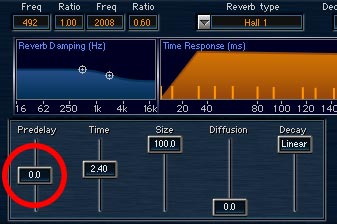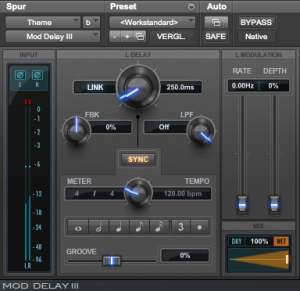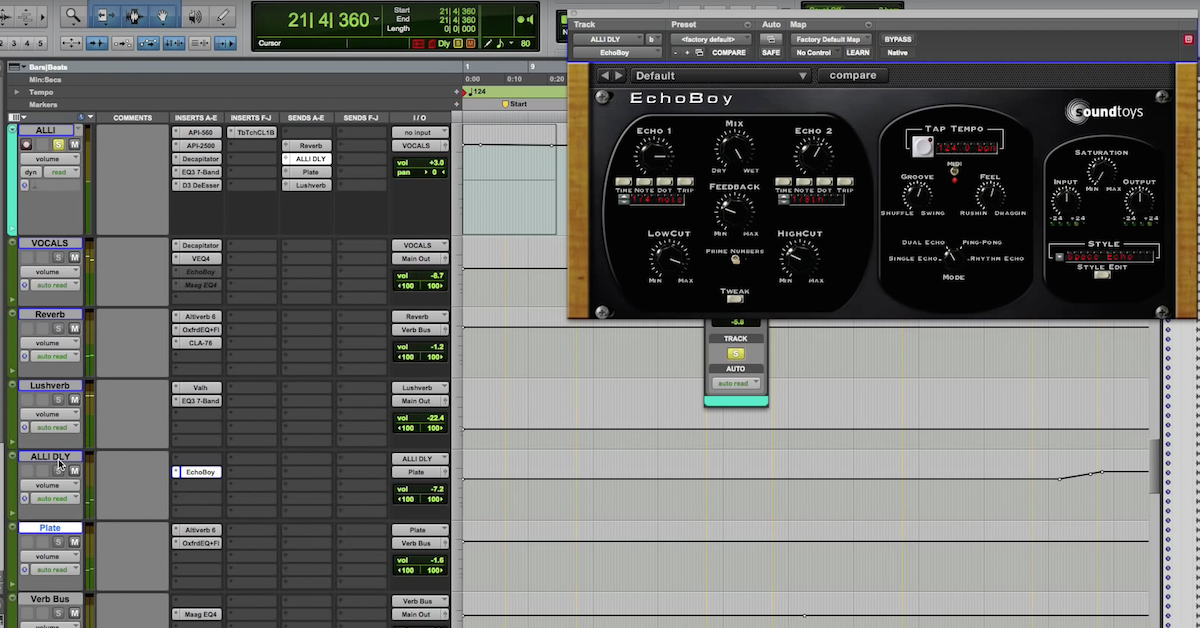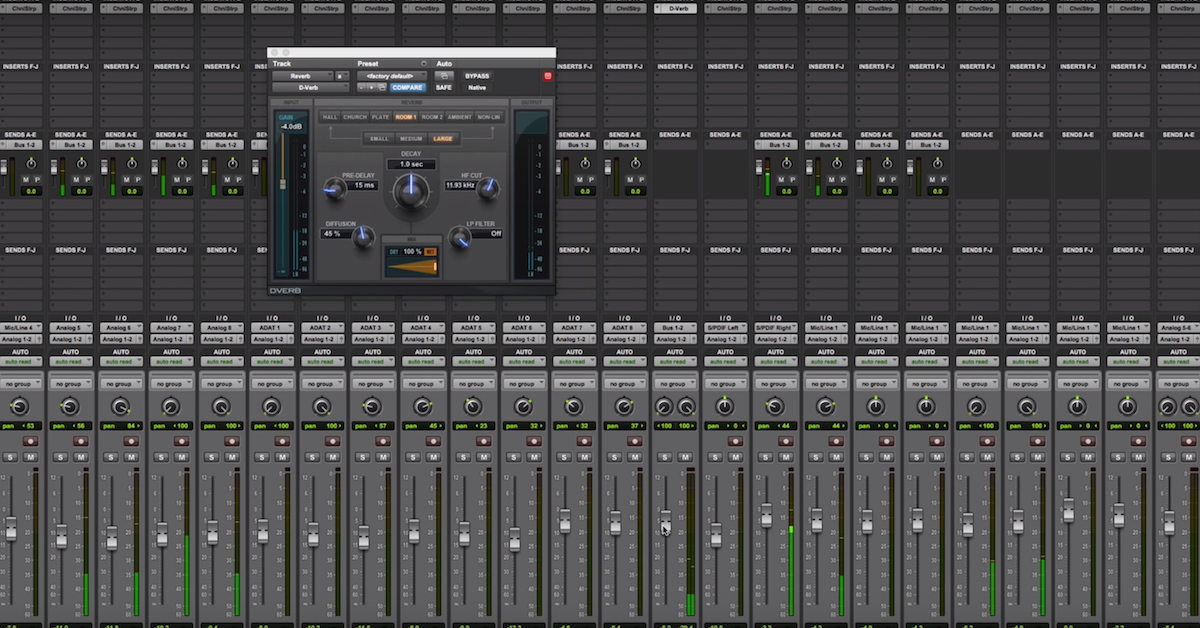7 Reverb Mistakes You Don’t Know You’re Making
Article Content
Reverb is one of the trickiest tools to master.
Use it right, and your tracks will sound deep, wide, and three-dimensional. But mess it up, and you’ll be on the fast track to a flat, muddy mix.
These seven mistakes will hold you back from using reverb like a pro. Avoid them, and you’ll be on your way to crafting clear, immersive, larger-than-life tracks.
1. You Use It to Mask Problems
Some mixers use reverb to obscure out of tune vocals, sub-par performances, or tracks that get in the way.
While this can seem like a good idea, it often creates more problems than it solves. It can lead to a muddy, murky soundstage that lacks clarity and depth. It can create ambiguity—which will cause listeners to wonder if the decision was a mistake.
Don’t use reverb to avoid making a decision. Instead, approach problem tracks head-on. Ask yourself—does this really need to be here? Can I re-record it?
The best solution may be the mute button.
2. You Put It on Everything
To create depth, you need contrast. Certain tracks need to feel close, whereas others need to feel far away.

This image has depth because the chess piece in front feels close, but the blurred pieces behind it feel far away.
You can use reverb to make this happen. It only works, however, when you use it selectively.
If you drown everything in reverb, there will be no contrast. Everything will sound far away, and nothing will sound close. Hence, no depth.
Instead, be selective about which tracks you add reverb to. Use it to make some tracks feel close, and others far away. This is the key to creating depth.
3. You Don’t Time the Decay
When it comes to reverb, timing matters.
Reverbs that ring out too long will trample over the rhythm of a track. This can quickly lead to a muddy mix.
Short reverbs can be problematic too—specifically in downtempo tracks, where there’s lots of space between notes. If the reverb decays too quickly, it can leave holes in the soundstage, which can make a track sound thin and unpolished.
So how do you nail the perfect decay time?
Set it so it covers the space between notes, but gets out of the way before the next note hits.
This means that decay times are largely tempo-dependent. Faster tempos will usually warrant shorter decays, because there’s less space between notes. On the other hand, ballads and downtempo tracks will normally need longer decays.
4. You Ignore Pre-Delay
Adding reverb to a track will make it sound farther away. This is often helpful. But sometimes, it’s not what you want.

You can use pre-delay to help vocals cut through a mix.
Take vocals, for example. Most of the time, you want them to sit front and center. So how do you add reverb without pushing them back?
The trick is to add pre-delay. This is a parameter that you’ll find on most reverb plugins. It will separate the dry vocal from the reverb with a short delay. This will cause your brain to separate the two sounds, instead of fusing them together.
The effect? You’ll hear reverb, but the vocals will remain up-front.
5. You Use Too Much
Unless you’re trying to recreate the sound of the 80’s, a little reverb goes a long way.
Reverb takes up lots of space. Use too much of it, and you’ll run out of room for other tracks in your mix. This can lead to a record that sounds muddy and unclear.
Use less than you think you need. A good rule of thumb is to turn up the reverb until you can hear it, and then back off a bit.
Most of the time, you want to feel reverb, rather than hear it. You shouldn’t notice that it’s there, but you should miss it when it’s gone.
6. You Never Use Short Reverbs
Short reverbs are massively underrated.
They can add a convincing sense of depth without the space-sucking side effects of longer verbs.
Try the small rooms or short ambience presets on your favorite reverb plugin. Often times, these can get the job done, while taking up almost no space in a mix.
In general, the larger the session, the more helpful shorter reverbs are. Don’t discount them.
7. You Forget About Delay

Delay can create a similar sense of depth as reverb, while taking up less space in a mix.
Reverb isn’t always the best tool for the job.
If you’re looking to create depth and space, delay is often a better choice. It can accomplish a similar effect to reverb, while taking up much less space in the soundstage. This will leave more room for other tracks in your mix.
Delay is my first choice for dense pop tracks, where sonic real estate is often at a premium. Sparse, open tracks can usually handle more reverb, but may still benefit from a delay-centric approach.





